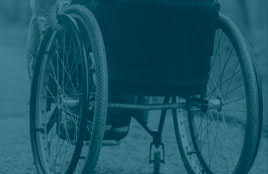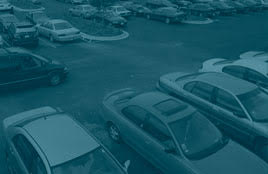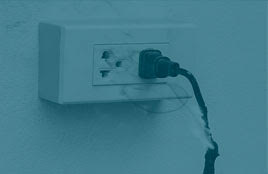Really? There’s a nursing shortage, in this economy?
When I graduated from Villanova with my BSN in 1981, there wasn’t much talk of a “nursing shortage.” Yet I gravitated toward spending the balance of my nursing career in an administrative role, and became keenly aware of the times when there was a lack of qualified nurses—and the negative impact short-staffing could have on nurses and patients.
Just my experience? No. Solid research shows that a nursing shortage is real—and projected to worsen.
In the July/August 2009 issue of Health Affairs, Dr. Peter Buerhaus and his coauthors found that despite the current easing of the nursing shortage due to the recession, the U.S. nursing shortage is projected to grow to 260,000 registered nurses by 2025.
A shortage of this magnitude would be twice as large as any nursing shortage experienced in this country since the mid-1960s. Why? The researchers point to a rapidly aging workforce as a primary contributor. As older nurses retire, there just aren’t enough younger nurses to replace them.
But do fewer nurses actually make a difference? I thought being in the hospital was all about what my doctor told the staff to do.
This still makes me cringe, even after all these years. Let me put it this way—when you go into the hospital, the majority of the assessment, planning, intervention and evaluation of your care, 24 hours a day, will be done and supervised by nurses.
They are your 24/7, at-the-bedside, member of the healthcare team. If there are not enough nurses, there could be serious consequences for the patient.
In Health Care at the Crossroads, a report released in August 2002 by the Joint Commission on Accreditation of Hospitals Organization (JCAHO), the authors found that a shortage of nurses in hospitals was putting patient lives in danger. JCAHO examined 1,609 hospital reports of patient deaths and injuries since 1996 and found that low nursing staff levels were a contributing factor in 24% of the cases.
In March 2007, a comprehensive report initiated by the Agency for Healthcare Research and Quality was released on Nursing Staffing and Quality of Patient Care. Through this meta-analysis, the authors found that the shortage of registered nurses, in combination with an increased workload, posed a potential threat to the quality of care. Increases in registered nurse staffing was associated with reductions in hospital-related mortality and failure to rescue, as well as reduced length of stays. In settings with inadequate staffing, patient safety was compromised.
Most recently, a new study published in the current issue of the Journal of the American Medical Association (JAMA) revealed that the health of critically-ill newborns was endangered by insufficient nurse staffing. The national study found that very few neonatal intensive care units (NICUs) provide sufficient numbers of nurses to meet staffing guidelines and recommendations, and that the most vulnerable babies are also the most understaffed. The study suggests that the health of premature infants would be improved by increasing adherence to national staffing guidelines.
Being a patient in today’s healthcare system is a jarring experience. A patient is at their most vulnerable, placing their health, and at times their life, in the hands of healthcare providers—hopefully, there will actually be a vigilant, educated and caring nurse there to catch them should they fall.






